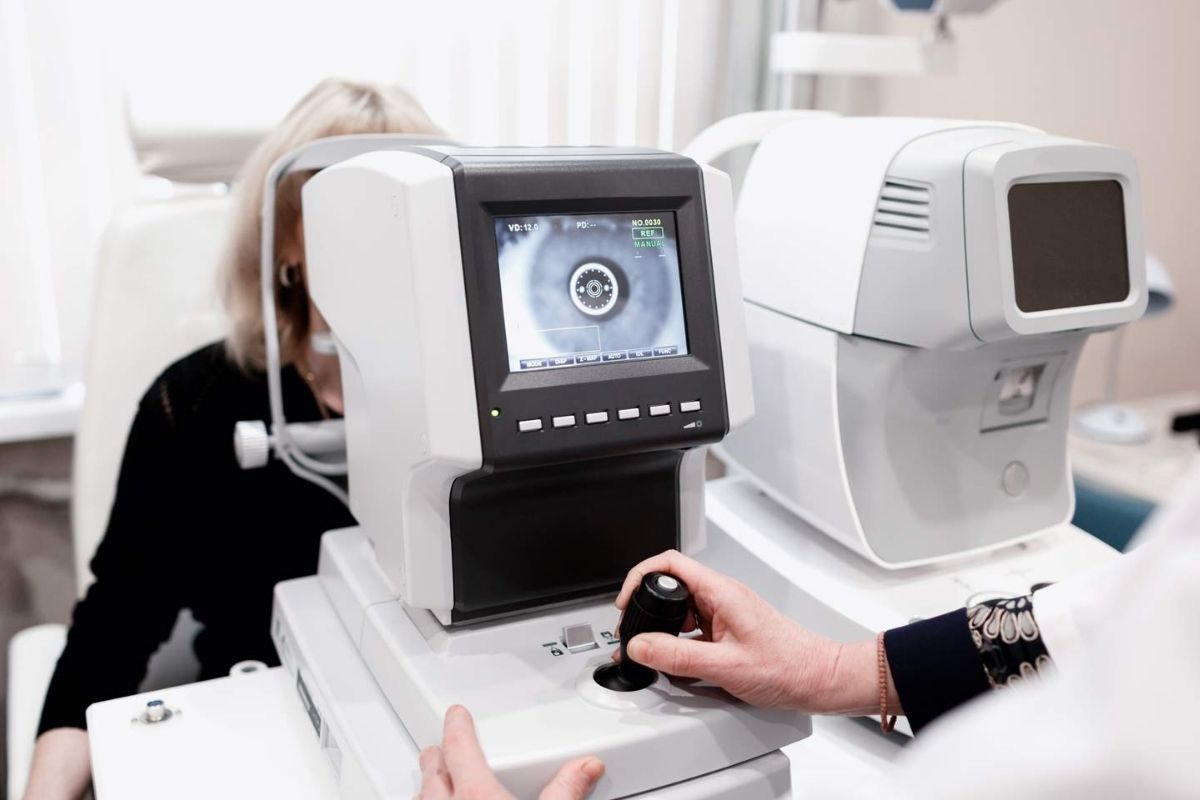You are considering lens replacement surgery?
But which lens is best for you? Your decision will have long-lasting results – lenses last about 100 years, so you won’t need to replace them.
The lens you choose will be based primarily on your eye condition, but also on your own preferences – and the cost. So let’s look at the options in more detail.
The eye conditions needing replacement lenses
Cataract lens replacement is the commonest operation in the world! You may have noticed your eyesight getting cloudier as your own lens becomes more opaque? Glasses will not help. Medication is not effective. Early operation before the cataract becomes mature, gives the best results, and you don’t have to endure worsening eyesight.
Some people have worn glasses for many years. Long sight, short sight and astigmatism all require corrective glasses for certain tasks, and many people wear glasses all the time.
Maybe the years are catching up with you? If you are over the age of 40 a condition called Presbyopia sets in. Usually, this results in difficulties reading small print – and you may find yourself reading labels at arm’s length.
Whatever the reason, finding the right lens, in consultation with the specialist, to restore near-normal eyesight, will result in many years of clearer vision, often without the need to wear glasses.
The different lenses available
The cloudy lens is removed through a tiny incision under local anaesthetic. The synthetic lens (an intraocular lens or IOL) is inserted through the same incision. This is made from a soft, biocompatible and transparent material. Once inserted you will not feel it.
Monofocal lenses
Monofocal lenses are the most common IOLs and have a single focal correction, usually for distance vision. You still need glasses for near vision. They are the cheapest option – and the NHS provides them when the lens replacement is for cataract removal. All the other options are considered cosmetic and you will have to pay for them yourself!
Some people choose to have one eye corrected for distance vision and the other eye for near vision, to try to avoid the need for glasses. This only suits certain patients and should be discussed with the surgeon first.
Bifocal lenses
Bifocal lenses focus for two distances, usually near and far. Even with these, patients often need glasses for certain tasks.
Trifocal lenses
Trifocal lenses are a new development and allows the recipient to see clearly across the entire range of vision. Near vision, distance vision and the intermediate range.
Many daily activities use a range of vision including the intermediate range. These trifocal lenses allow the person to see comfortably without glasses or contact lenses for most activities. They can switch from computer work to driving, or walking on a rough path without tripping over. Trifocal lenses are ideal for presbyopia, short and long sight – but they do not take astigmatism into account.
Toric trifocal lenses
Astigmatism is a result of an irregularity in the shape of the cornea at the front of your eye. Objects appear out of shape. Glasses to correct stigmatism have a cylindrical (toric) shape. Toric trifocal lenses are available to correct astigmatism.
Toric trifocal lenses give the best vision results for correcting stigmatism, with three focal points for seeing clearly, far, near and in between as well.
However, it may take a few weeks for the brain to adjust to these new lenses, especially during the hours of darkness. Sensitivity to light may result in halos or glare while driving – although these problems usually fade away as the brain becomes used to the new clarity of vision. The great attraction of not needing glasses often becomes the reality.
Conclusion
Choosing your ideal lens does depend upon the condition of your eye. You will be looking for high-quality lenses with a proven track record, skilled surgeons and expert advice to help you make the right choice
Monofocal lenses, the only ones available on the NHS after cataract surgery are the least expensive option, but patients will need to wear glasses for some activities. Bifocal lenses give a greater range of visual acuity – but glasses may still be needed for certain tasks – and it can be disconcerting to change the direction of gaze from near to far focus.
The trifocal IOLs include the in-between-focus as well as distance and close and many of our tasks need this intermediate focus. They will result in almost natural vision unless you also have astigmatism. In this case, the toric trifocal lenses, which also correct stigmatism, will be your first choice.
Whichever lens you choose, from the simpler monofocal lens to the more complex toric trifocal lens, your vision will become clearer and for many people, glasses can be a dark memory.


